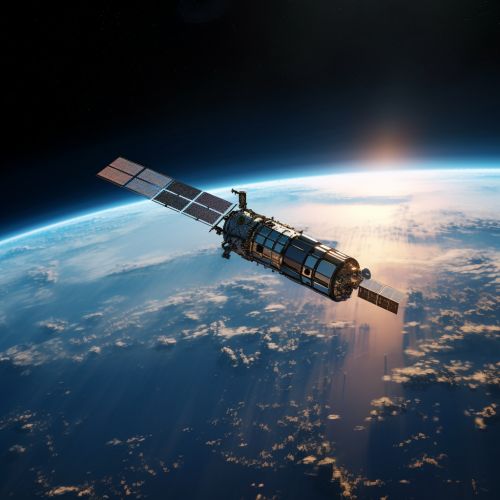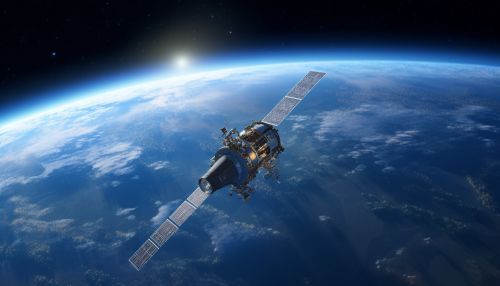Timation
Overview
Timation is a series of experimental navigation satellites launched by the U.S. Navy during the 1960s and 1970s. The program's primary objective was to develop satellite-based navigation technology, which later played a crucial role in the development of the GPS. The name "Timation" is a portmanteau of "time" and "navigation", reflecting the system's reliance on precise timekeeping for accurate navigation.
History
The Timation program was initiated in 1964 under the auspices of the U.S. Naval Research Laboratory (NRL). The program was a response to the U.S. military's growing need for a reliable, all-weather, global navigation system. Prior to Timation, navigation relied heavily on ground-based systems like LORAN and OMEGA, which had limitations in terms of coverage and accuracy.


The first Timation satellite, Timation 1, was launched on May 31, 1967. This satellite carried two high-precision atomic clocks and was the first satellite to broadcast a time signal from space. Timation 1's successful operation demonstrated the feasibility of using precise time signals for navigation.
Following the success of Timation 1, three more Timation satellites were launched between 1969 and 1977. These satellites carried improved atomic clocks and provided more accurate time signals, paving the way for the development of the GPS.
Technology
The Timation satellites were equipped with high-precision atomic clocks, which were essential for the system's operation. The satellites broadcast time signals that could be received by ground-based receivers. By comparing the time signal from the satellite with the time on a local clock, the receiver could calculate the time delay and, consequently, the distance to the satellite.
This principle, known as time-of-arrival (TOA) ranging, is the basis of all satellite navigation systems, including the GPS. However, the Timation system was unique in that it was the first to use atomic clocks in space, which allowed for much greater accuracy than previous systems.
In addition to the atomic clocks, the Timation satellites carried a variety of other instruments for scientific research. These included sensors to measure the density of the ionosphere, which can affect the propagation of radio signals, and instruments to monitor solar activity.
Legacy
The Timation program was a significant milestone in the development of satellite navigation technology. The program demonstrated the feasibility of using precise time signals from space for navigation, which was a crucial step towards the development of the GPS.
The Timation satellites also contributed to scientific research. The data collected by the satellites' instruments provided valuable insights into the ionosphere and solar activity, which have applications in fields such as space weather forecasting and radio propagation studies.
Despite the program's success, the Timation satellites were eventually superseded by the more advanced NAVSTAR GPS satellites. However, the principles and technology developed under the Timation program continue to be used in modern satellite navigation systems.
